Business Partnership Proposal Samples
-
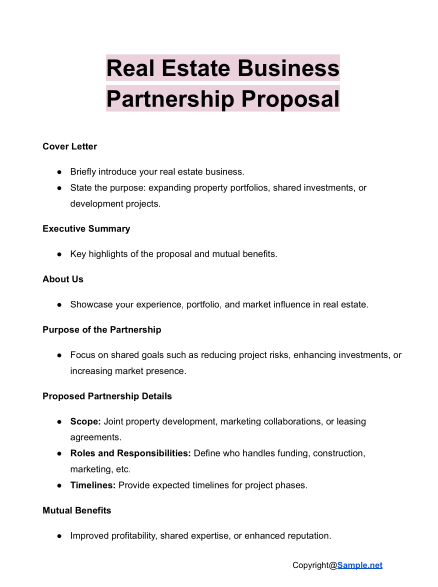
Real Estate Business Partnership Proposal
download now -
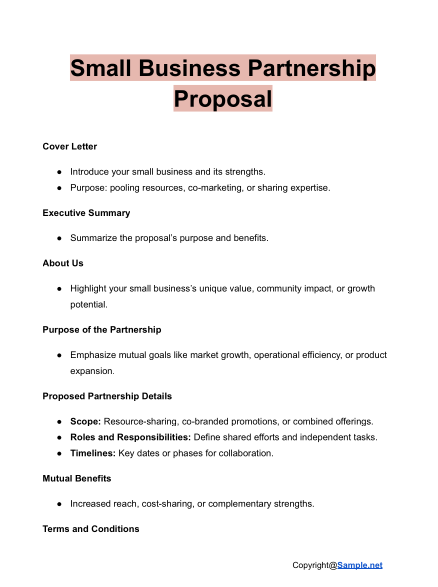
Small Business Partnership Proposal
download now -
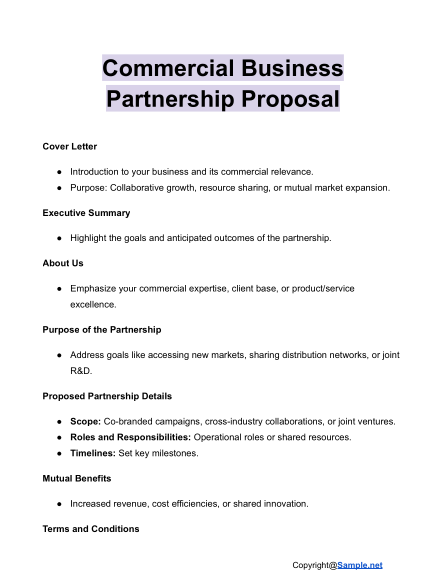
Commercial Business Partnership Proposal
download now -

Cafe Business Partnership Proposal
download now -
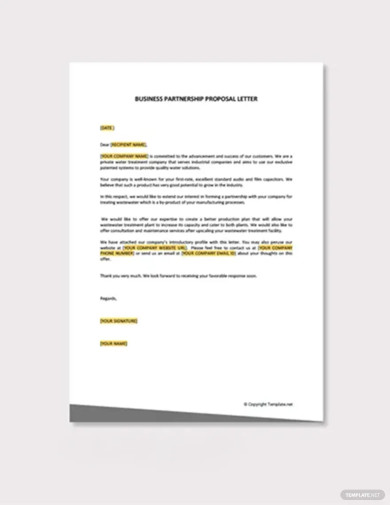
Business Partnership Proposal Letter Template
download now -

Business Partnership Proposal Template
download now -

Simple Business Partnership Proposal Template
download now -

Sample Business Partnership Proposal Template
download now -

Partnership Business Proposal Template
download now -
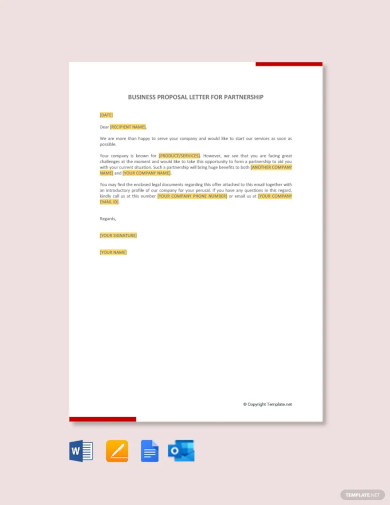
Business Proposal Letter for Partnership Template
download now -
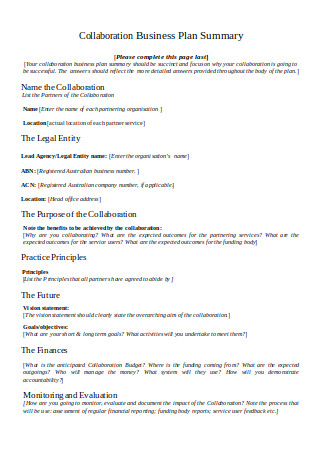
Collaboration Business Cooperation Partnership Proposal
download now -
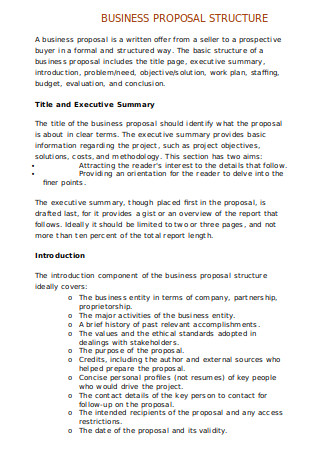
One Page Business Partnership Proposal
download now -

Sample Business Partnership Policy and Proposal Format
download now -
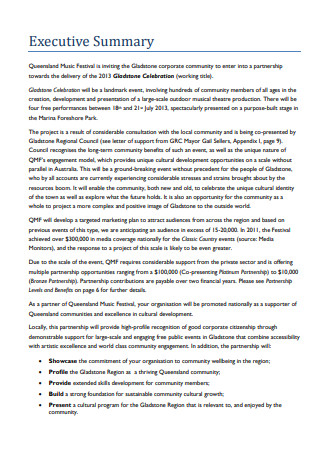
Startup Business Partnership Policy and Proposal
download now -

Joint Venture Business Partnership Proposal
download now -

Sample Business Partnership Proposal
download now -
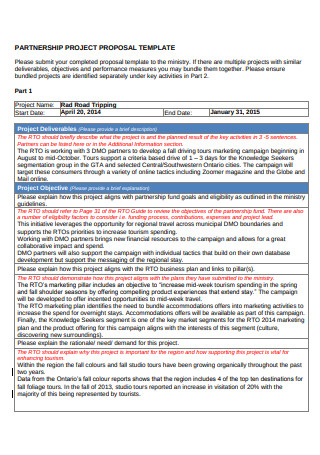
Business Partnership Project Proposal Template
download now -

Business Services Partnership Proposal Form
download now -

General Business Partnership Proposal
download now -
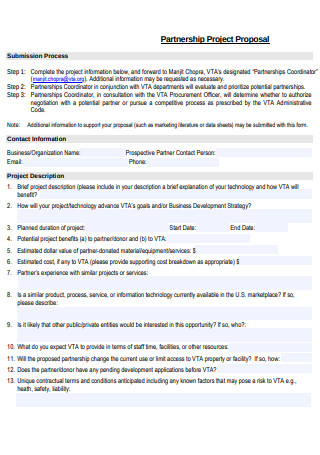
Business Partnership Project Proposal Form
download now -
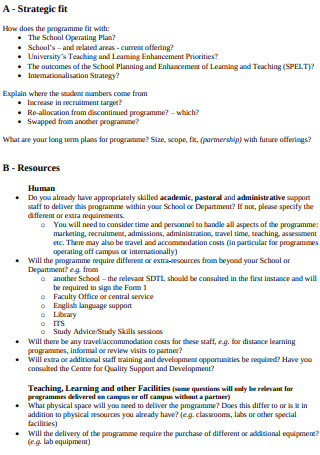
Standard Business Client Partnership Proposal
download now -

Free Business Partnership Proposal
download now -
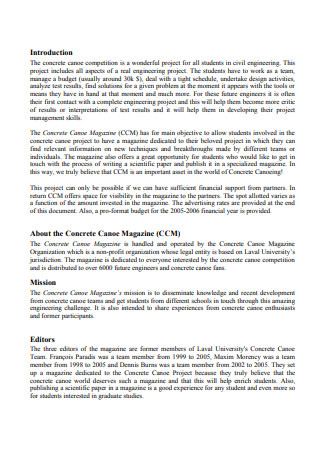
Business Partnership Proposal Outline
download now -
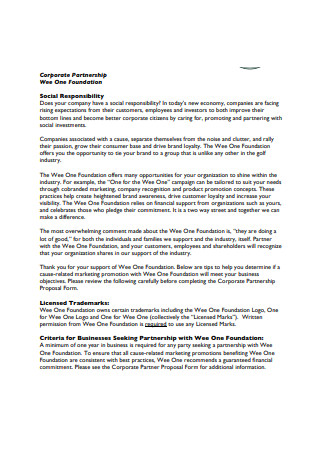
Sample Corporate Business Partnership Proposal
download now -

Business Hotel Partnership Proposal
download now -
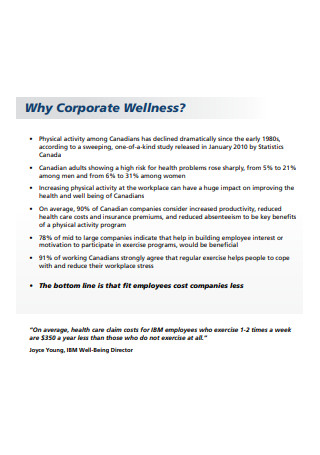
Business School Partnership Proposal
download now -

Simple Business Partnership Proposition Proposal
download now -
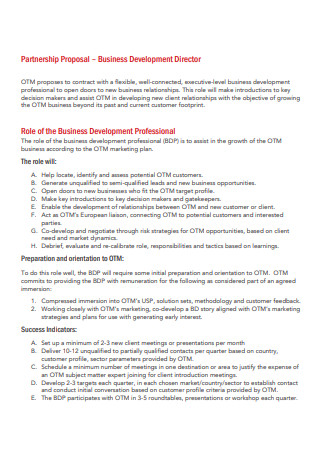
Partnership Proposal for Business Development Director
download now -
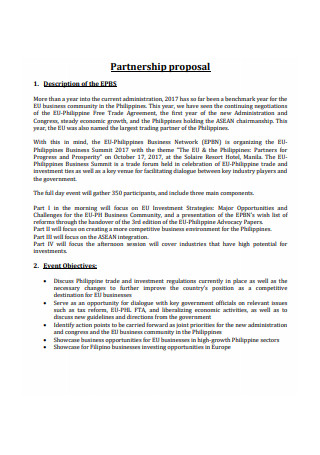
Basic Business Restaurant Partnership Proposal
download now -
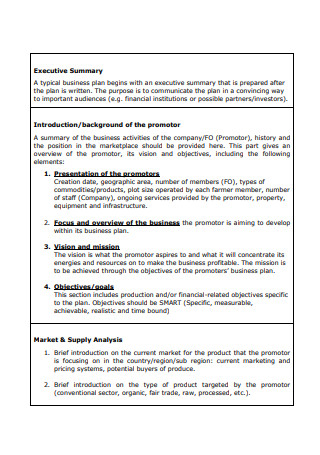
Business Opportunity Partnership Proposal Layout
download now
FREE Business Partnership Proposal s to Download
Business Partnership Proposal Format
Business Partnership Proposal Samples
What is a Business Partnership Proposal?
The Advantages of Business Partnerships
How to Create a Business Partnership Proposal
FAQS
How do you tailor a business partnership proposal to a specific partner?
What are common mistakes to avoid in a business partnership proposal?
How do you follow up after presenting a business partnership proposal?
What role does a business partnership proposal play in negotiation?
How do you start writing a business partnership proposal?
How does a partnership proposal differ from a business plan?
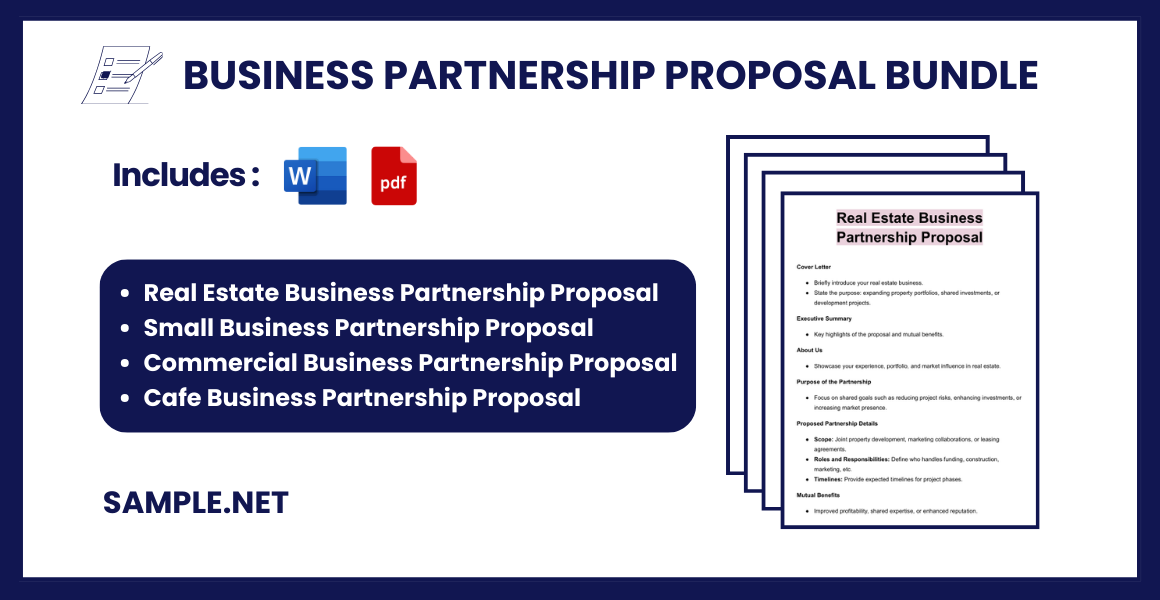
Download Business Partnership Proposal Bundle
Business Partnership Proposal Format
1. Cover Letter
- Brief introduction to your business.
- Purpose of the proposal.
- A brief mention of how the partnership can be mutually beneficial.
- Contact details.
2. Executive Summary
- Overview of the proposal.
- Highlight the key points and mutual benefits.
- A clear call to action for the recipient to review the proposal.
3. About Us
- Brief history and mission of your business.
- Key achievements, values, or offerings that make your business a strong partner.
4. Purpose of the Partnership
- Clearly state why the partnership is being proposed.
- Outline shared goals, such as increasing market reach, co-branding, or resource sharing.
5. Proposed Partnership Details
- Scope of Partnership: What areas or activities will be covered.
- Roles and Responsibilities: Clearly define each party’s contributions.
- Goals and Objectives: Define measurable outcomes for the partnership.
- Timelines: Include start dates, project phases, or deadlines.
6. Mutual Benefits
- How both parties will benefit from the partnership.
- Highlight financial gains, market expansion, or shared resources.
7. Market Opportunity
- Brief analysis of the market opportunity and why the partnership is relevant.
- Include data or statistics to support your claims.
8. Terms and Conditions
- Legal and operational terms governing the partnership.
- Details on profit-sharing, costs, intellectual property, confidentiality, etc.
9. Call to Action
- Encourage the recipient to respond, ask questions, or schedule a meeting.
- Provide clear next steps.
10. Appendices (if necessary)
- Supporting documents, charts, graphs, or financial projections.
- Legal agreements or draft contracts for reference.
11. Contact Information
- Full contact details for follow-up.
- Include a designated contact person.
What is a Business Partnership Proposal?
A business partnership proposal is a document that presents the feasibility of a joint venture between a proponent and a prospective partner. It conveys the objectives and benefits of the collaboration to convince the partner firm of its potential. The proposal also clarifies all current and future obligations that each party will have once they have established the partnership. Businesses that aim to grow their brand and expand their reach to different consumer bases can find much value in this arrangement for their future endeavors. Like any other important business document, partnership proposals must be written professionally and strategically enough to make an impact.
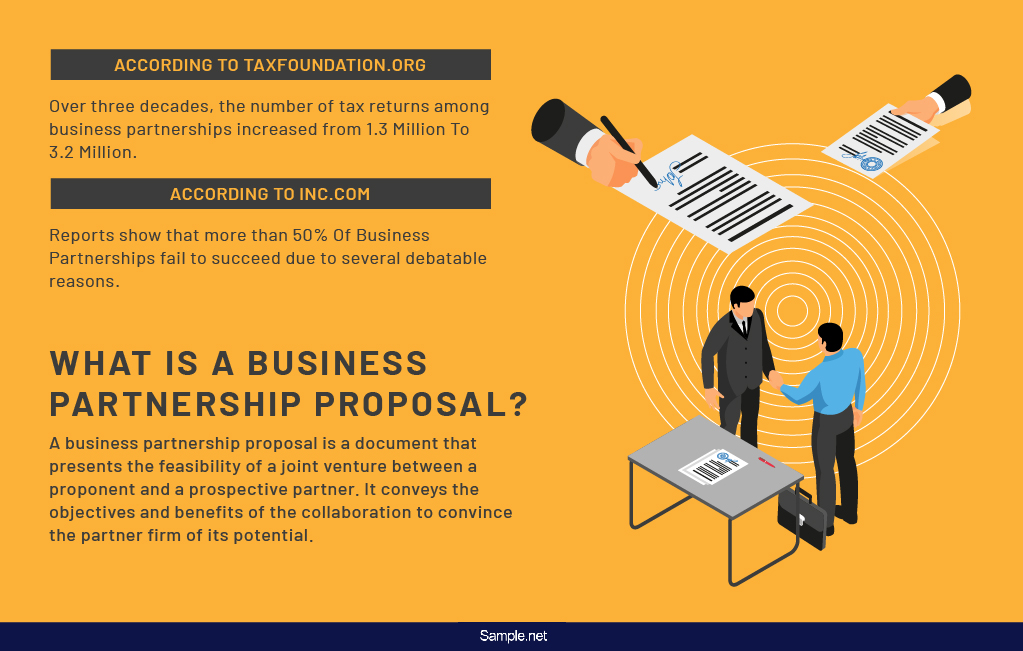
The Advantages of Business Partnerships
Your level of experience in running a business isn’t always enough to keep the company afloat. There are some things you can accomplish in a partnership that you won’t be able to do alone. Since entering a business partnership is a big leap to take for any sole proprietor, it’s important to weigh your decision more carefully as you propose your ideas to a potential partner.
How to Create a Business Partnership Proposal
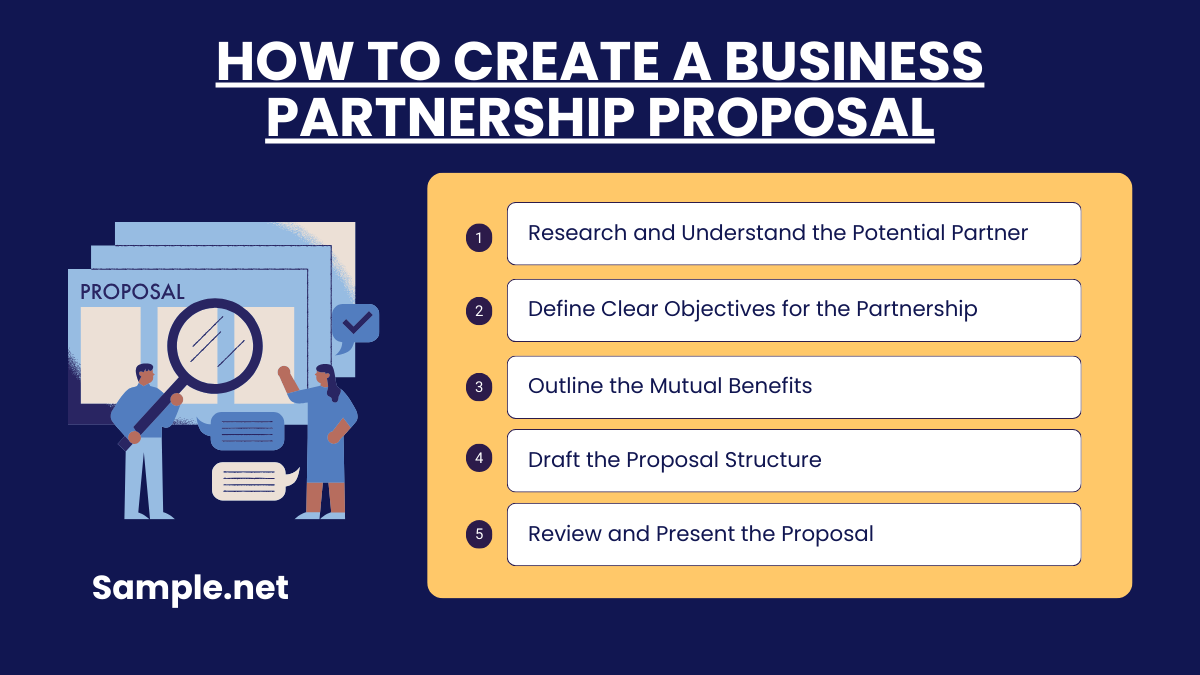
Step 1: Research and Understand the Potential Partner
Begin by researching your potential partner’s business, values, and goals. Understand their strengths, challenges, and areas where collaboration might benefit both parties. This ensures your proposal aligns with their needs and objectives. You can also see more on University Partnership Proposal.
Step 2: Define Clear Objectives for the Partnership
Identify what you aim to achieve through the partnership. Are you looking to expand your market, share resources, or innovate collaboratively? Clearly outline these objectives to set the direction for the proposal.
Step 3: Outline the Mutual Benefits
Highlight the value each party will gain from the partnership. For example, one party might provide technology expertise while the other offers market access. Clearly demonstrate how the collaboration will create a win-win situation.
Step 4: Draft the Proposal Structure
Organize the proposal into clear sections, including an introduction, objectives, scope of collaboration, terms and conditions, and next steps. Use a professional tone and structure to ensure clarity. You can also see more on Joint Venture Proposals.
Step 5: Review and Present the Proposal
Proofread your proposal to eliminate errors and ensure coherence. Once finalized, schedule a meeting to present the proposal in person or via video call. This allows for immediate feedback and demonstrates professionalism.
FAQS
How do you tailor a business partnership proposal to a specific partner?
Tailoring involves researching the potential partner’s goals, challenges, and values. Customize the proposal to address their specific needs and demonstrate how the collaboration aligns with their objectives.
What are common mistakes to avoid in a business partnership proposal?
Avoid vague goals, lack of focus on mutual benefits, poor organization, and failing to address the partner’s potential concerns or expectations. Clarity and alignment are crucial. You can also see more on Brand Partnership Proposal.
How do you follow up after presenting a business partnership proposal?
Send a thank-you email summarizing key points discussed. Address any questions or concerns raised and propose a timeline for moving forward to maintain momentum.
What role does a business partnership proposal play in negotiation?
It serves as a starting point, providing a clear framework for discussions. During negotiations, it helps clarify expectations, align goals, and refine terms for mutual benefit.
How do you start writing a business partnership proposal?
Begin by understanding your partner’s goals and challenges. Outline shared objectives, and create a draft with clear sections, including benefits and terms. You can also see more on Corporate Proposal.
How does a partnership proposal differ from a business plan?
A partnership proposal focuses specifically on collaboration between two parties, detailing mutual goals and benefits. In contrast, a business plan outlines the overall strategy, goals, and operations of a single business. The proposal may complement a business plan by showcasing how the partnership aligns with strategic objectives.
